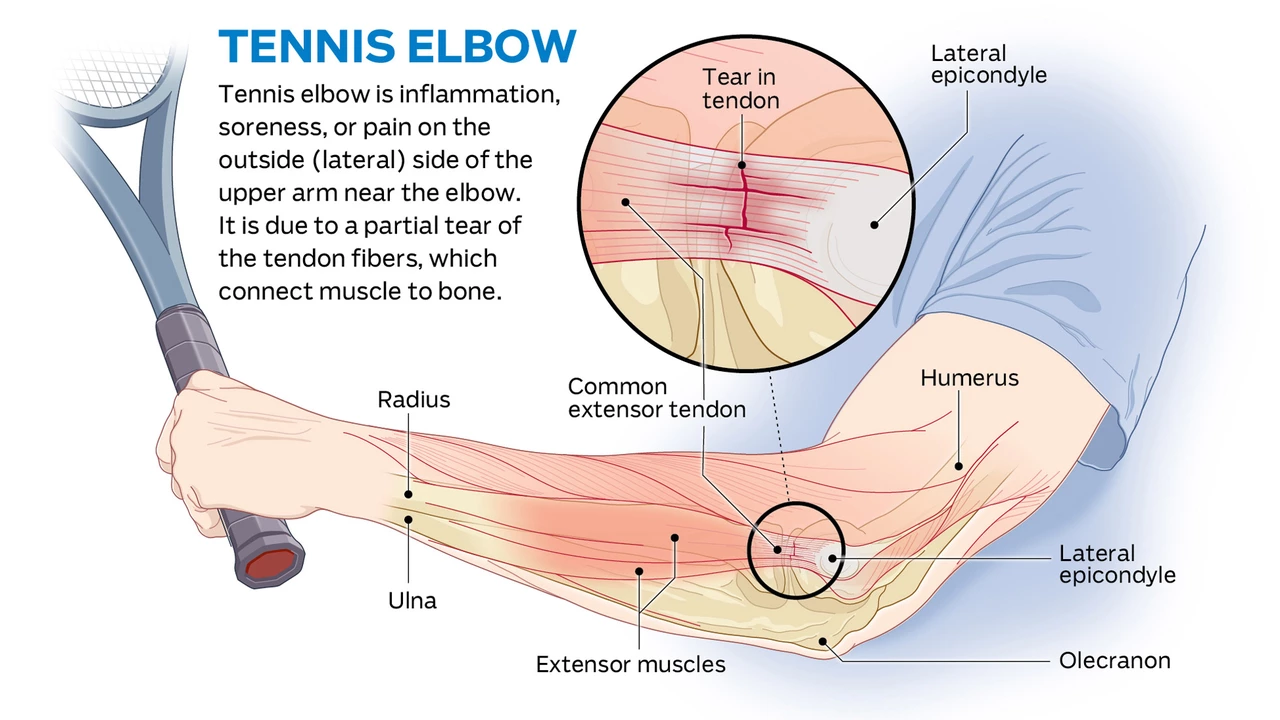Recovery Time Guide for Tennis Players
Ever wondered why some players bounce back after a tough match while others stay sidelined for weeks? The answer lies in how you manage recovery time. Whether you’re dealing with a sore wrist, a pulled hamstring, or just the fatigue from a long tournament, knowing what influences healing can cut down downtime.
What Affects Your Recovery Time?
First off, the type of injury matters. A minor muscle strain usually needs 3‑5 days of rest, while a tennis elbow flare‑up can linger for 2‑4 weeks. Age plays a role too – younger bodies tend to repair faster, but they also push harder, so they can overdo it.
How intense the strain was, and how quickly you treat it, are big factors. Ice a fresh sprain within the first 48 hours, keep the area elevated, and you’ll likely shave a day or two off the healing clock. Nutrition is another hidden hero. Protein helps rebuild muscle fibers, while carbs replenish the glycogen you burned on court.
Sleep isn’t optional. During deep sleep, your body releases growth hormone, which is the natural repair kit. Skipping a full night’s rest can extend recovery by a noticeable margin.
Quick Tips to Speed Up Recovery
1. Cold Compression – Apply an ice pack wrapped in a towel for 15‑20 minutes, three times a day, right after the injury.
2. Gentle Movement – After the first 48 hours, start light stretching or a low‑impact activity like swimming. Moving blood keeps nutrients flowing.
3. Stay Hydrated – Fluids carry waste out of injured tissue. Aim for at least 2‑3 liters a day, more if you’re sweating a lot.
4. Nutrition Boost – Include lean protein (chicken, fish, beans) and anti‑inflammatory foods (berries, leafy greens, turmeric) in every meal.
5. Sleep Strategy – Set a regular bedtime, keep the room cool, and avoid screens an hour before sleep. Aim for 7‑9 hours.
If pain persists past the typical window for your injury, see a physio or sports doctor. Persistent soreness could signal a deeper issue that needs targeted rehab.
Finally, plan your schedule with recovery in mind. Build at least one rest day into every week of training, and schedule lighter sessions after tournaments. This proactive approach lets your body adapt without hitting the crash‑and‑burn point.
Bottom line: recovery time isn’t a mystery—it's a mix of injury type, early care, sleep, nutrition, and smart training choices. Follow these steps, listen to your body, and you’ll be back swinging in no time.
Well folks, tennis elbow is a bit like your mother-in-law's visit, it can feel like it lasts forever! But in reality, it usually hangs around for 6 to 12 weeks, depending on the severity and your treatment plan. But hey, like a bad sitcom, some cases can drag on for up to a year or more. Don't forget, a good physiotherapy program is like a great playlist - it can drastically shorten the "airtime" of this painful nuisance. So, keep smiling, because even a tennis elbow is not as persistent as a door-to-door salesman!
Continue reading...



